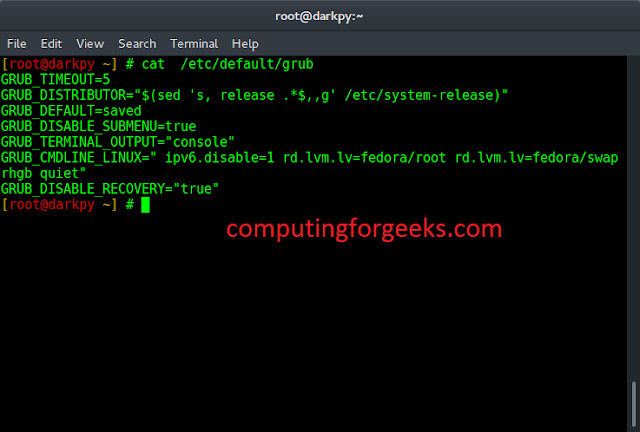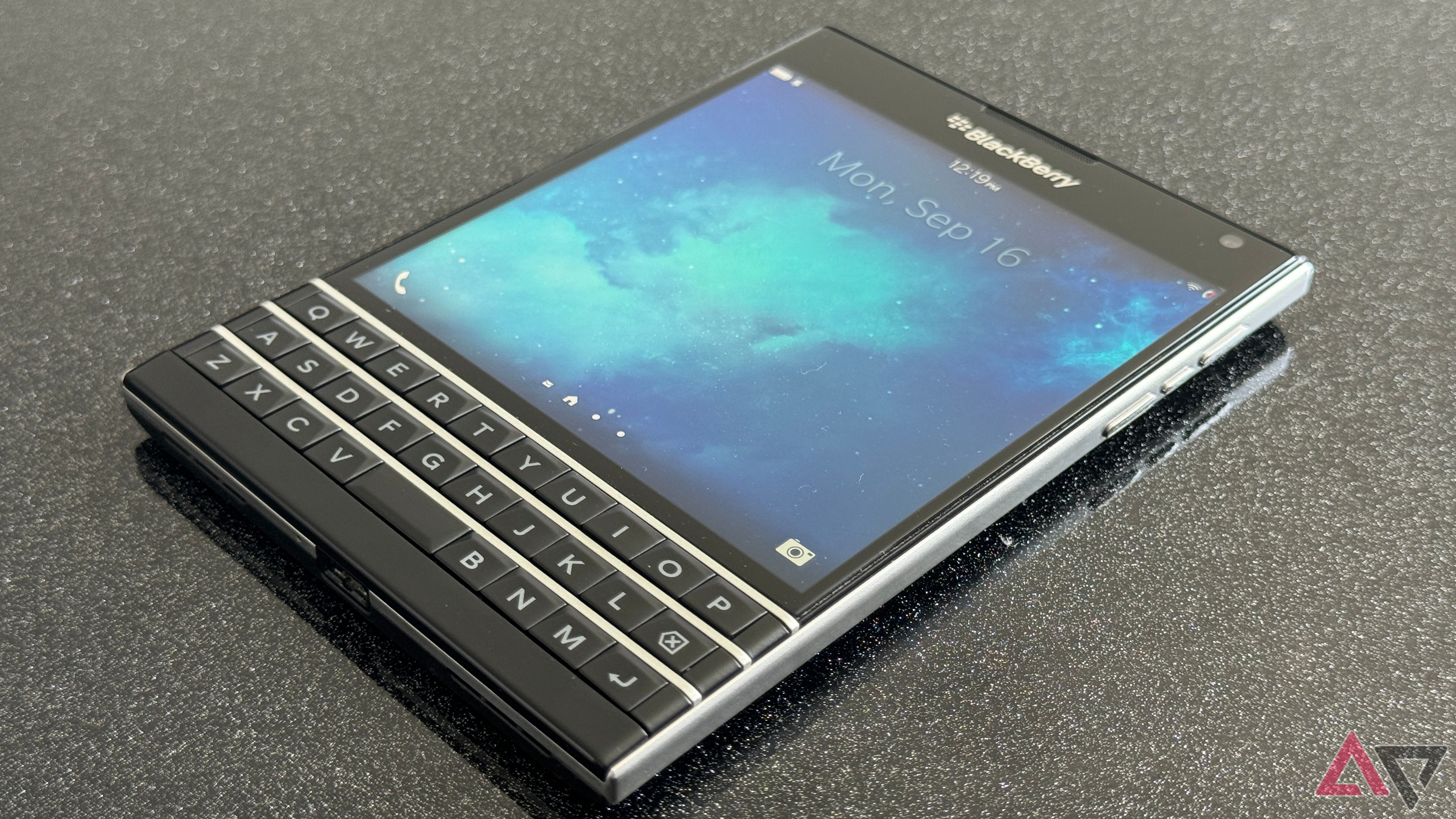I used my Palm Treo 700p until the summer of 2022. I’d still be using it today if Sprint hadn’t merged with T-Mobile and shut down its 3G towers. I’m not trying to kid anyone. I wasn’t using it as my go-to smartphone, as the service was limited to talk and text towards the end. However, I still got some of the Palm OS experience I’ve loved for over 20 years. It was a great phone and the last of many Palm OS devices I’ve used.
No Thanks, Keep Reading
Palm phones were special because they gave users control over apps and customization in a user-friendly package. It was a stark contrast to Windows Mobile from the same era. It wasn’t unusual for people to write their own Palm OS programs and share them with friends. It felt open, and I considered it Android before there was Android.
A platform long before there was a phone
Palm OS had plenty of legacy
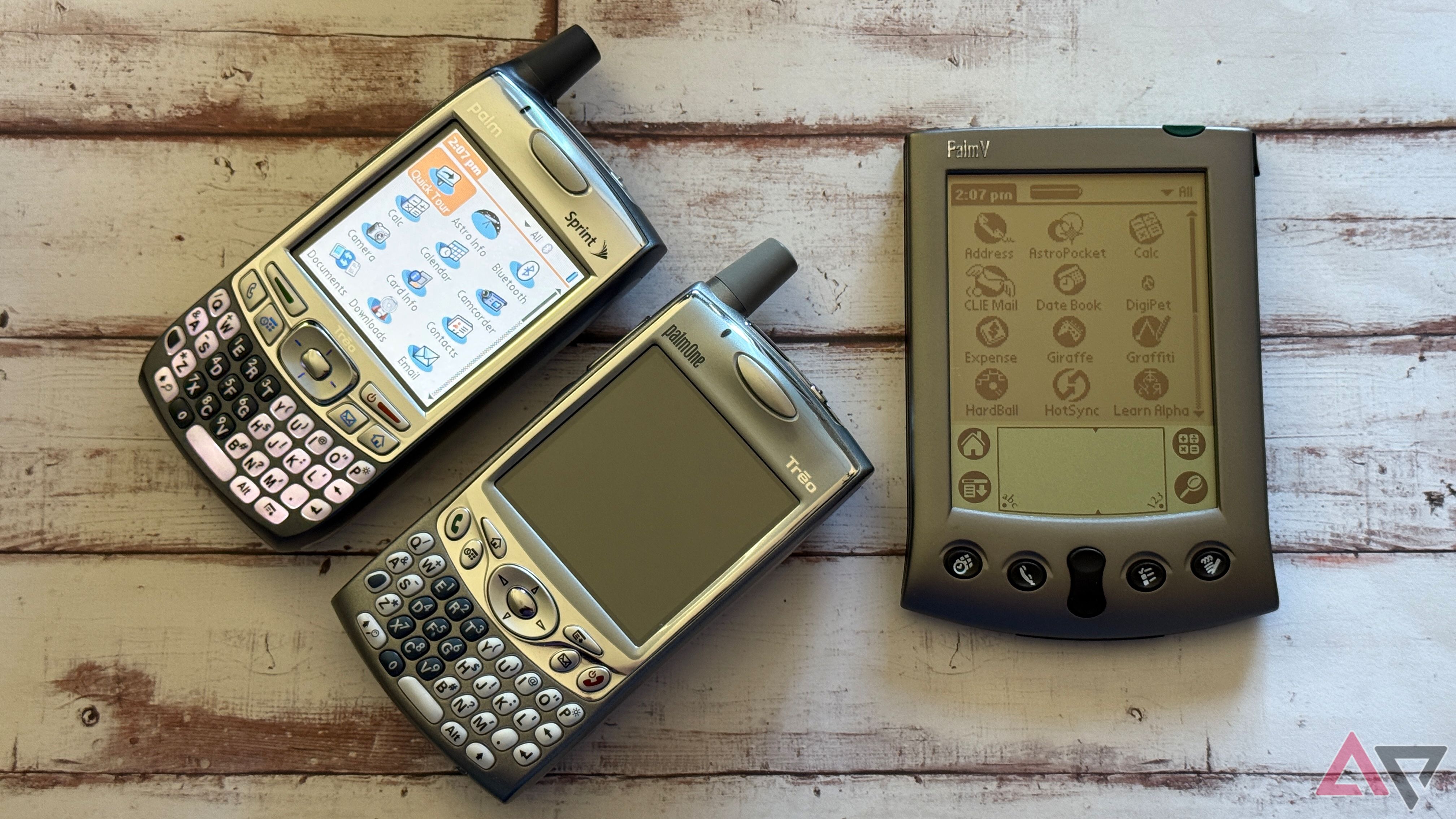
I’ve used Palm OS-powered devices as far back as the late 1990s. I remember my grandfather buying me a Palm IIIxe, and I was amazed at everything I could do with it. Beyond keeping a calendar and to-do list (things a high school student needed), I discovered that the Palm Desktop software allowed me to upload third-party applications. You could buy official software to load onto your Palm device, but I soon realized something better.
It didn’t have the prettiest UI, but it was thoughtfully designed, and the apps were well laid out.
It didn’t take long for me to find websites filled with freeware programs (and, yes, some shareware that was always paid for) from companies and individuals, expanding the capabilities of my Palm. I downloaded games and productivity apps. Games could be shared and played with friends over an infrared port. I also tried to program my own apps but never developed anything meaningful except fond memories. Palm OS was open and accessible. It was the perfect platform for a mobile phone.
Windows Mobile was painful
Almost the exact opposite experience
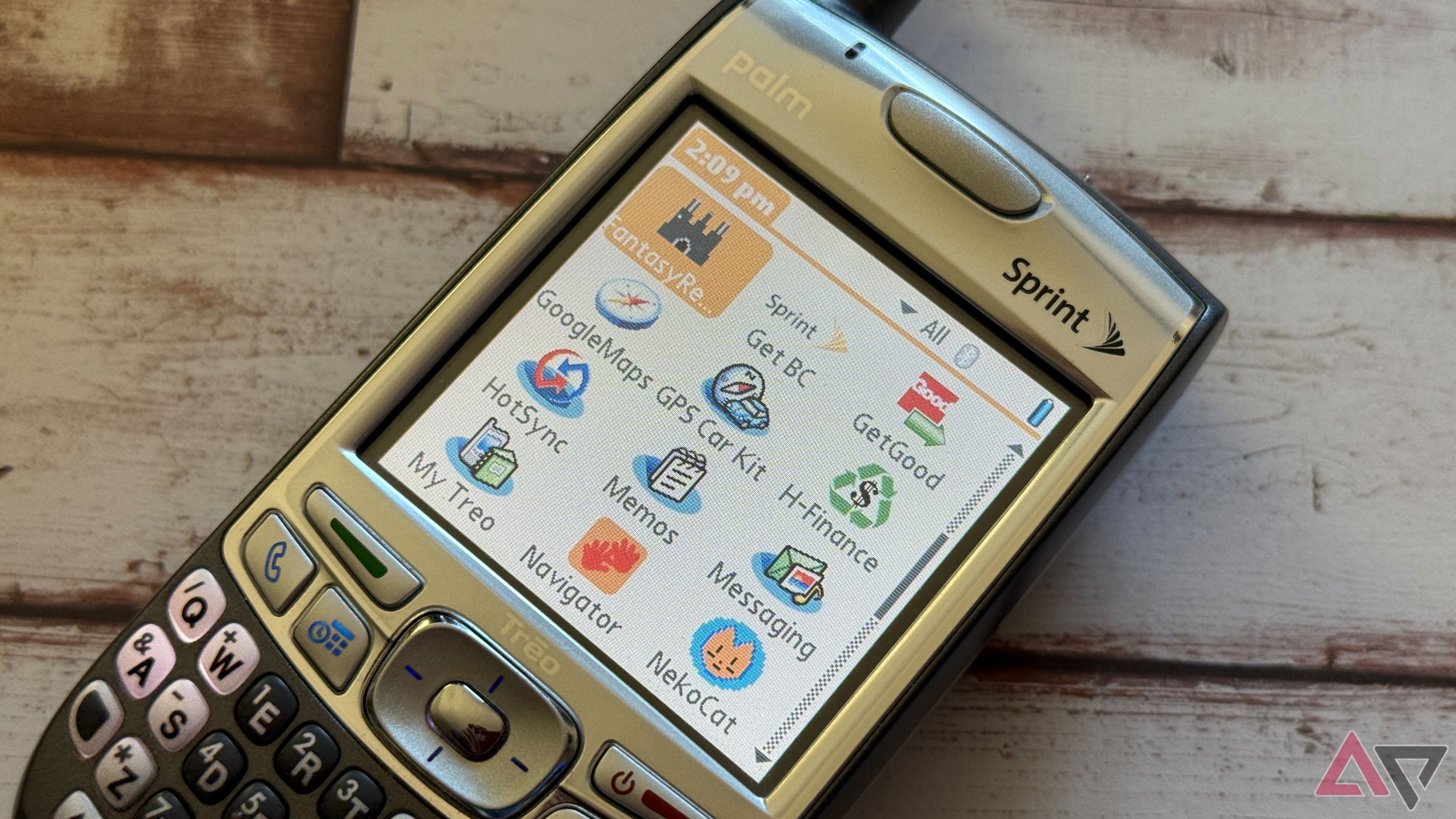
As much as I loved Windows Phone later on, Windows Mobile was a terrible platform. The software felt over-engineered, bogging the user experience on even premium hardware. My Motorola Q felt like a slug, struggling to pull up apps and access games. The software was expensive and bloated, and programming your own apps felt impossible for casual users. Mobile versions of Microsoft Office apps sounded good, but the hardware wasn’t powerful enough to handle it.
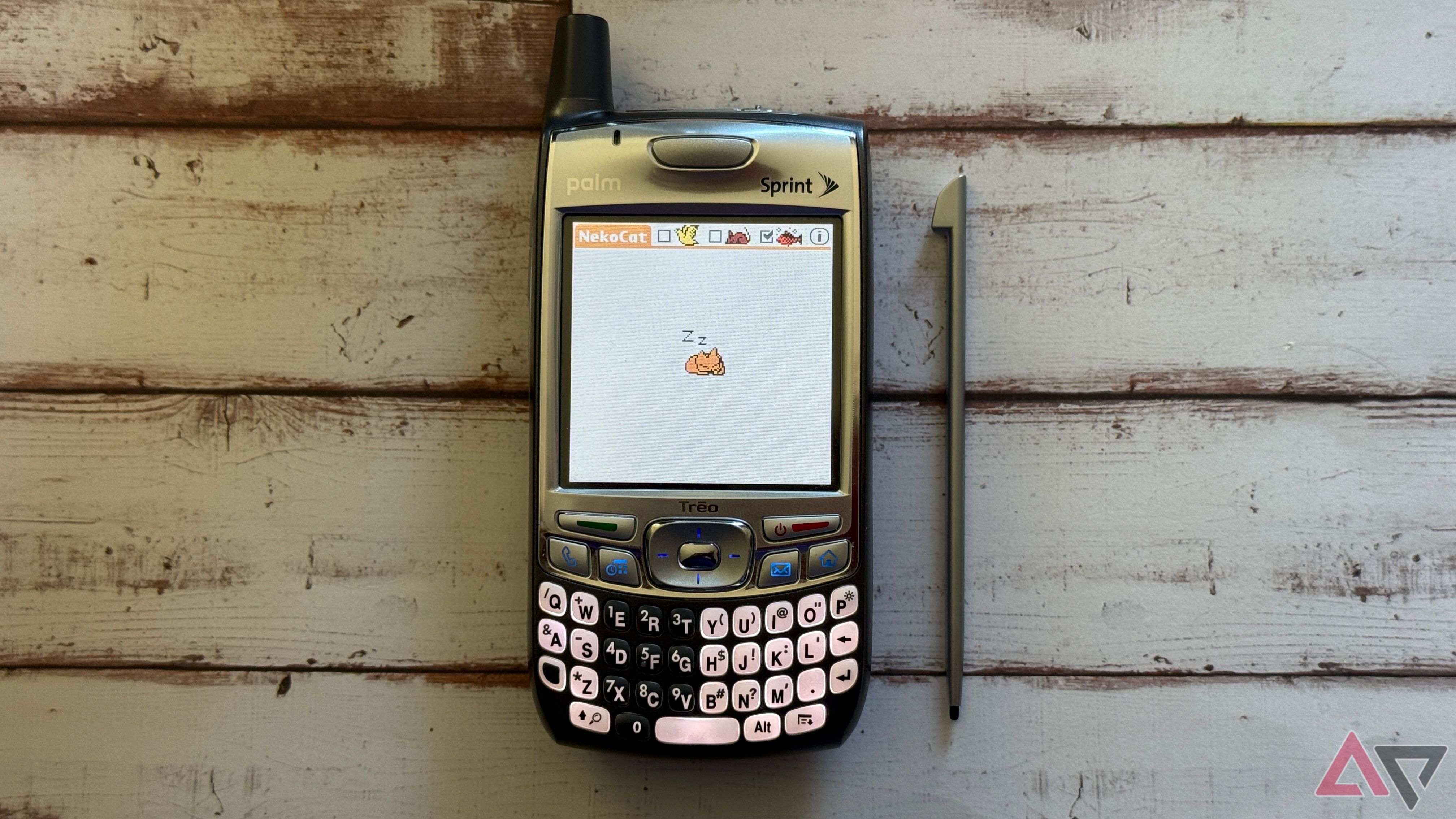
By comparison, Palm OS was lightweight and snappy. It didn’t have the prettiest UI, but it was thoughtfully designed, and the apps were well laid out. It also scaled better. Palm had experience with multiple classes of devices running the same OS, as the company sold budget devices in addition to high-end PDAs like the Palm VII. As long as you were running a device with Palm OS, your experience would be similar.
Android before there was Android
Palm OS was for enthusiasts

Phones like my Palm Treo 700p gave users a level of control we didn’t have with Windows Mobile or BlackBerry OS. You could change a wallpaper or a theme on those smartphones, but it was nothing like what you could do with a phone running Palm OS. I could remap physical buttons and give the system new sounds for events. Palm OS also allowed different launchers, completely changing the look and feel, something hard to find on other platforms.
Palm OS smartphones were developer-friendly, which led to a tremendous software library with anything you could think of. Emulators worked well on Palm phones, and I was never at a loss for new (or old) games to play. Programs were developed to make use of the IR port on Palm devices, allowing you to control your television and stereo from your phone long before the days of connecting over Wi-Fi. If you were an enthusiast with a smartphone in the early 2000s, the Palm Treo line was the most fun you could have with a mobile platform.
It’s fun to see how far we’ve come
I love returning to phones like my Treo 700p to see how much has changed. Even budget smartphones have gotten more powerful, and some of these old dowagers seem ancient by comparison. Still, it’s delightful to remember that Android wasn’t the first time we could customize our smartphones. Palm OS may be long gone, but its memory lives on in my heart.



